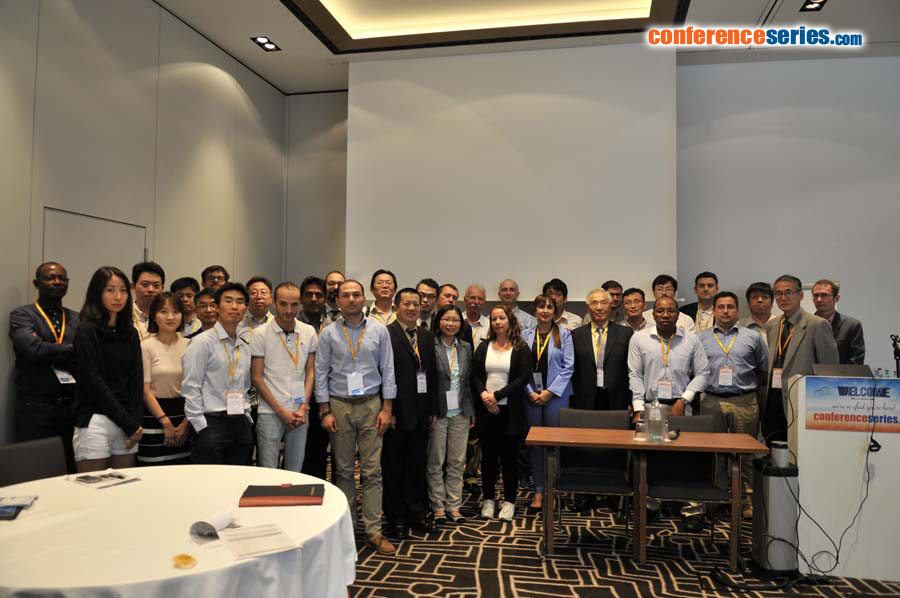
KristÃna Cinkova
Slovak University of Technology, Slovakia
Title: Microdisc versus Microcylinder Electrodes: Detection of Solution Phase Trace Oxygen
Biography
Biography: KristÃna Cinkova
Abstract
The specific apparent capacitance (Farads per unit geometric area) of commercial carbon microdisc electrodes and in-house fabricated carbon microcylinders is studied through the use of cyclic voltammetry. For accurate electroanalytical measurements, three important considerations need to be taken into account. A reduced geometric area does not necessarily lead to practically low capacitances due to factors such as surface roughness, poor sealing and potential microfractures leading to a significant variation in experimentally observed capacitance. Comparing the specific apparent capacitances of working electrodes, the capacitance of fabricated carbon microcylinder electrode was found to be lower by a factor of 35 despite the fact that both type of electrodes were made of nominally the same material. As a consequence of the reduced capacitance, carbon microcylinder electrodes were experimentally proven to be superior in terms of analytical sensitivity over commercial carbon microdisc electrodes. We further demonstrate practically how the electroanalytical limit of the detection of solution phase trace oxygen is significantly improved using such microcylinder electrodes. Finally we show that after the degassing of a solution by nitrogen purging even in the most commonly encountered ‘best’ case scenarios approximately tens of mM of oxygen remain present in the electrochemical cell, unobservable by the commercial microdisc electrodes, but detectable with microcylinder electrodes, testifying to their analytical superiority. This work was supported by the Grant Agency of the Slovak Republic (Grant No. 1/0489/16) and Grant scheme for Support of Excellent Teams of Young Researchers.


